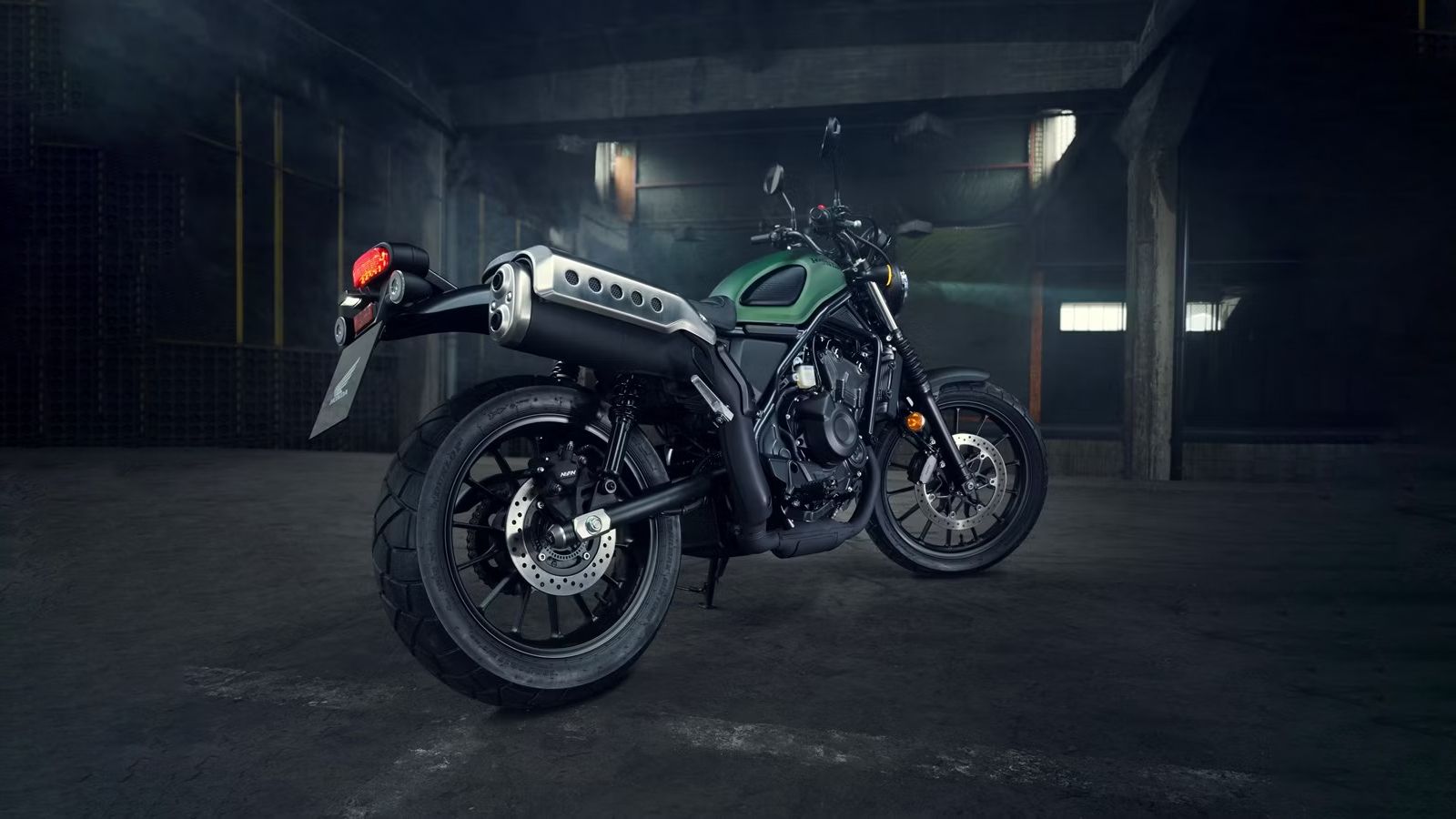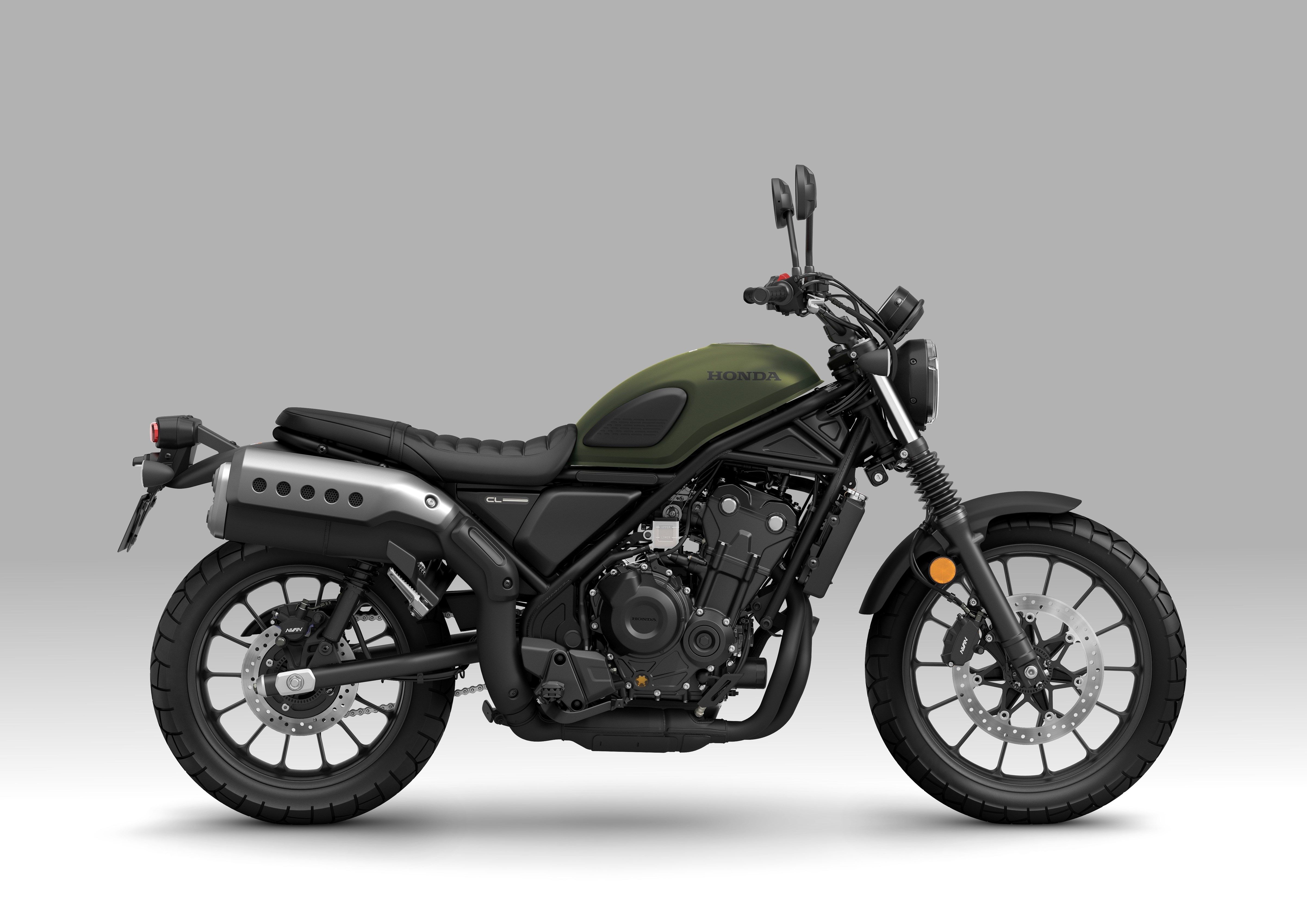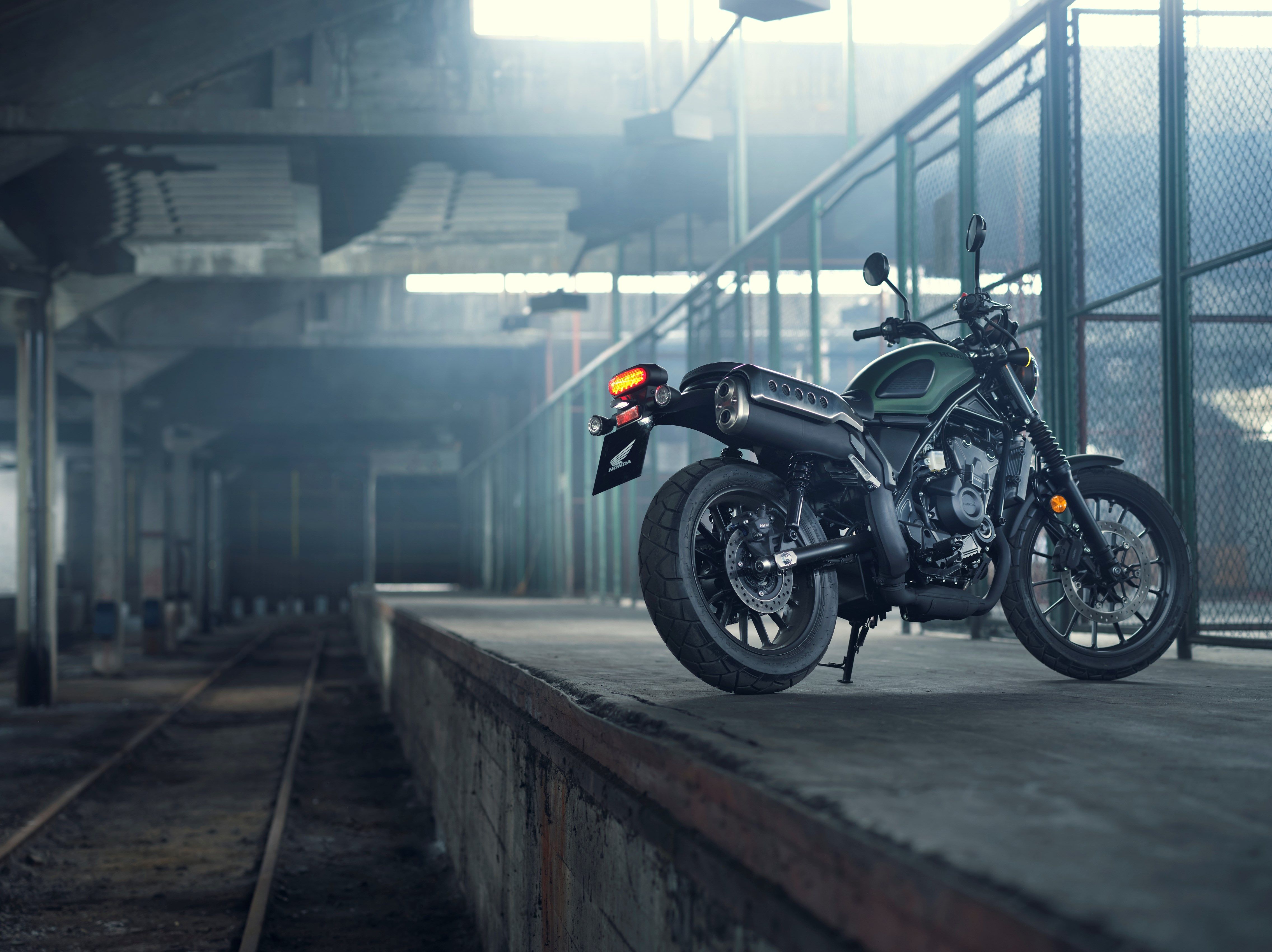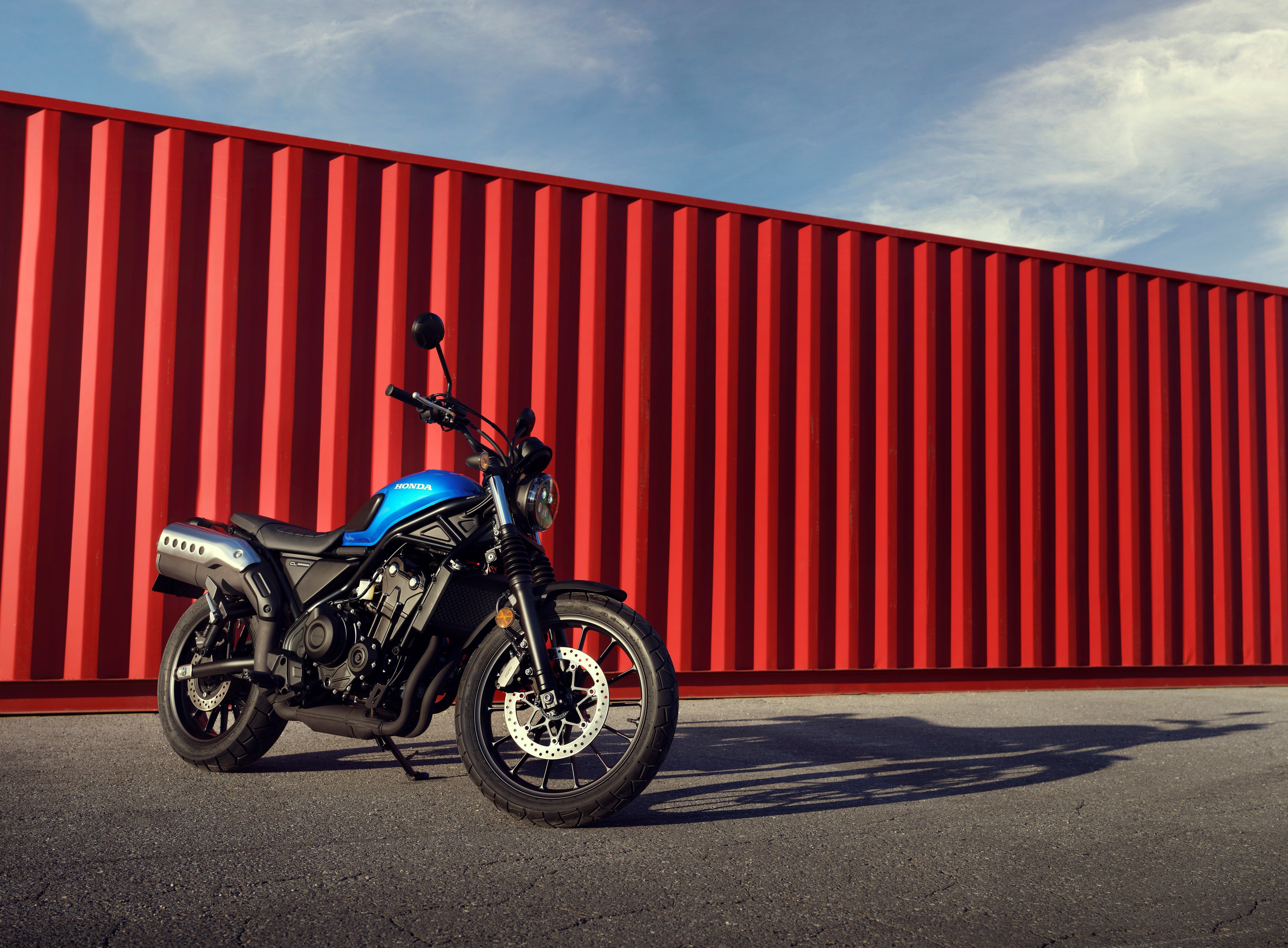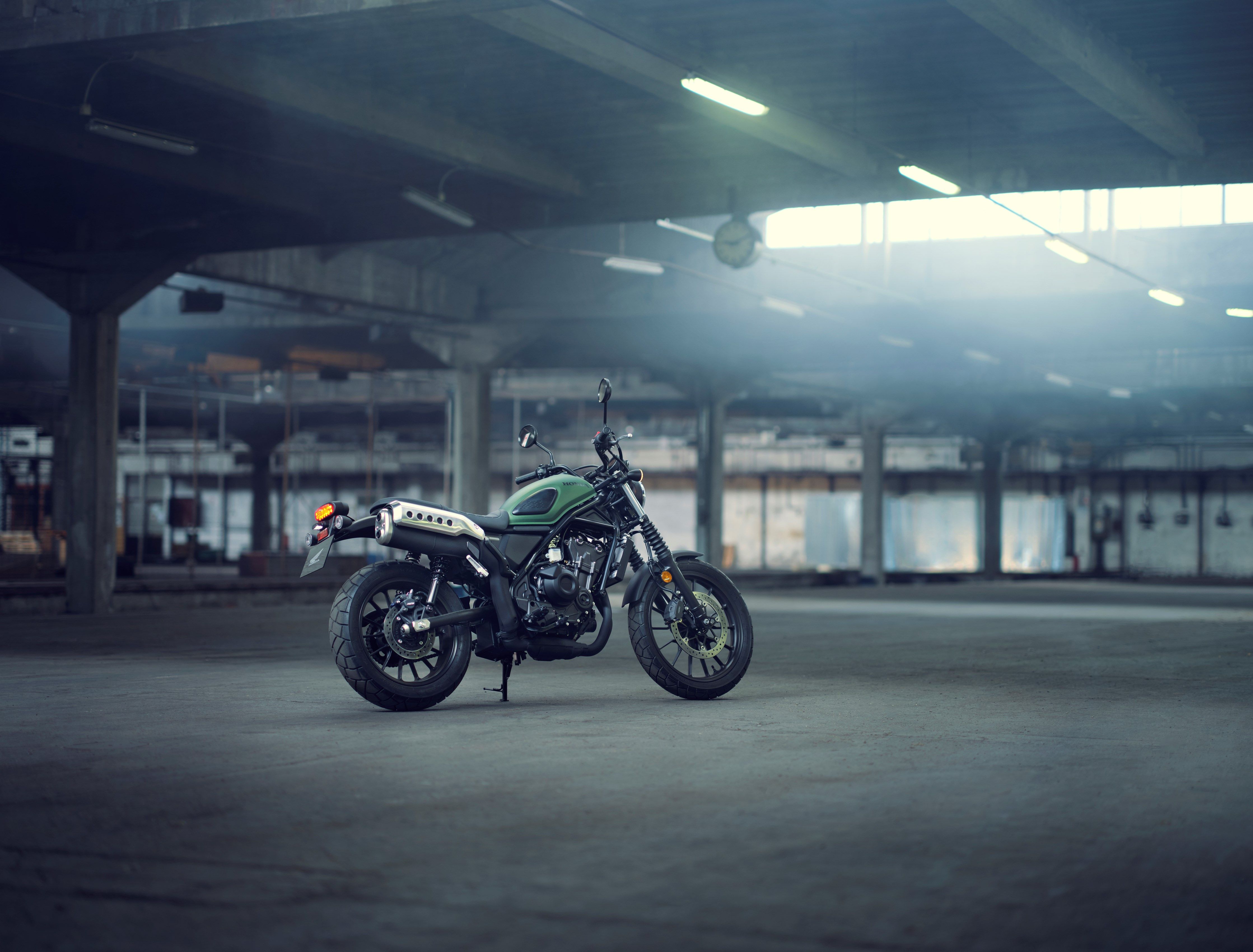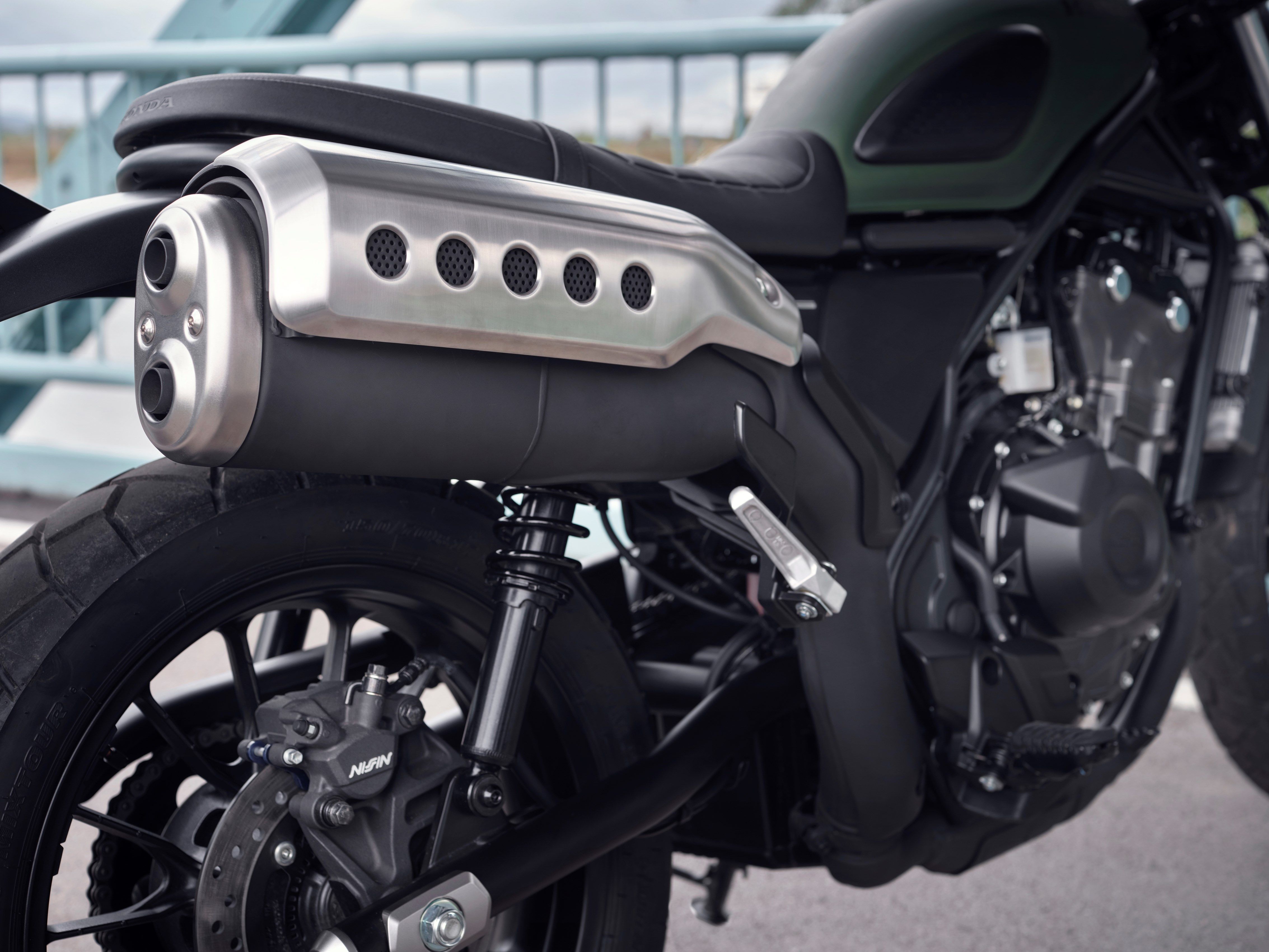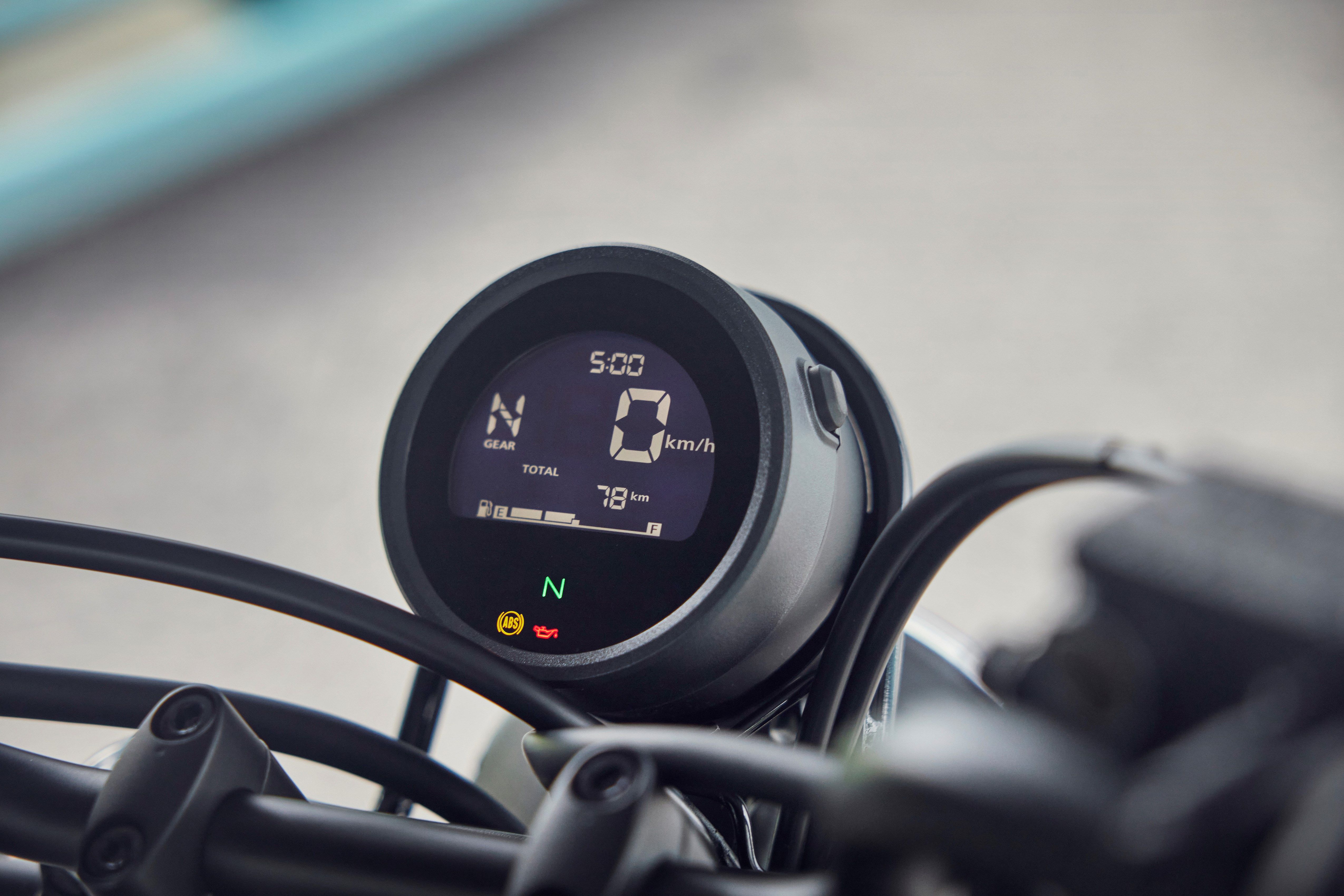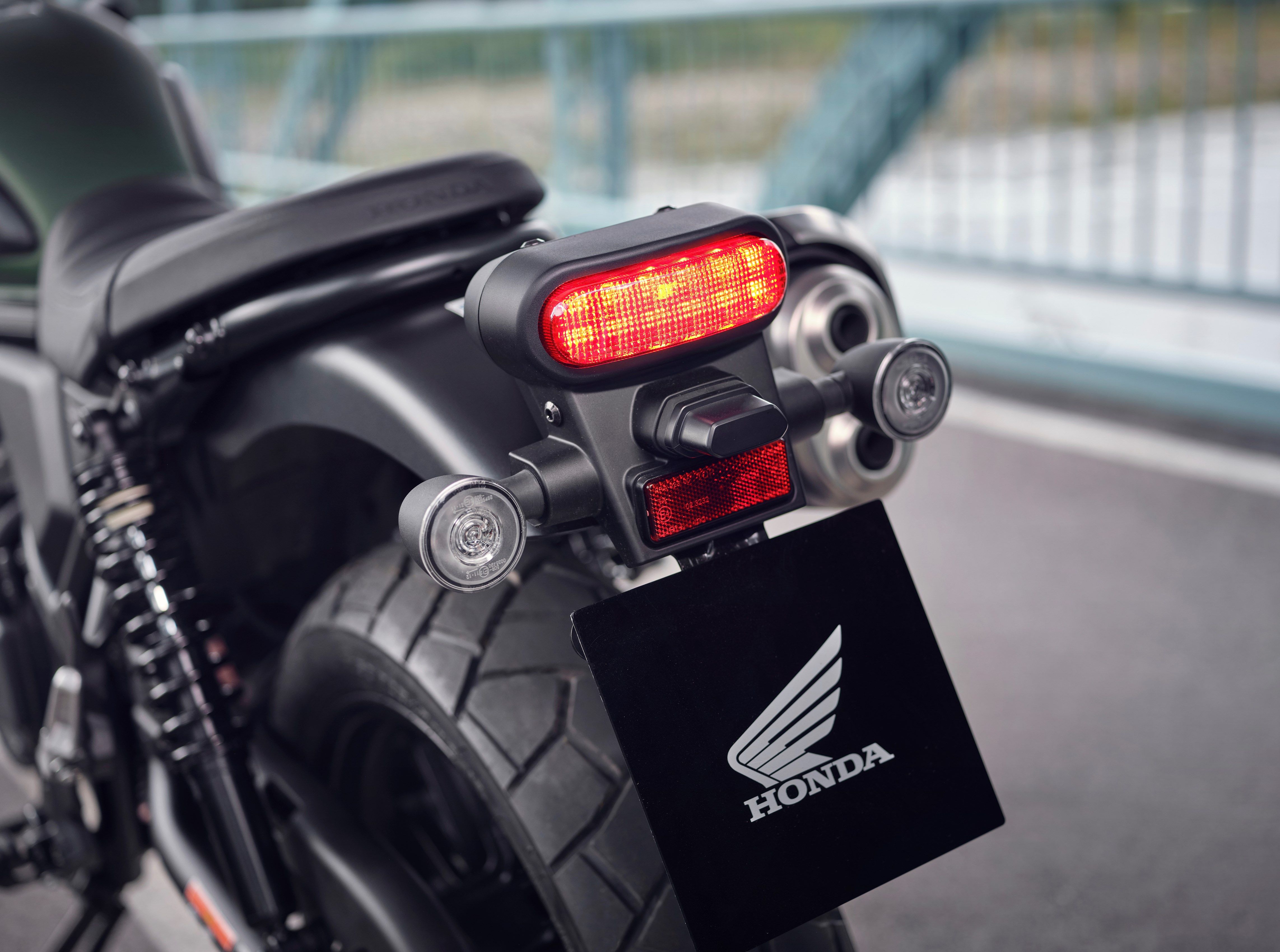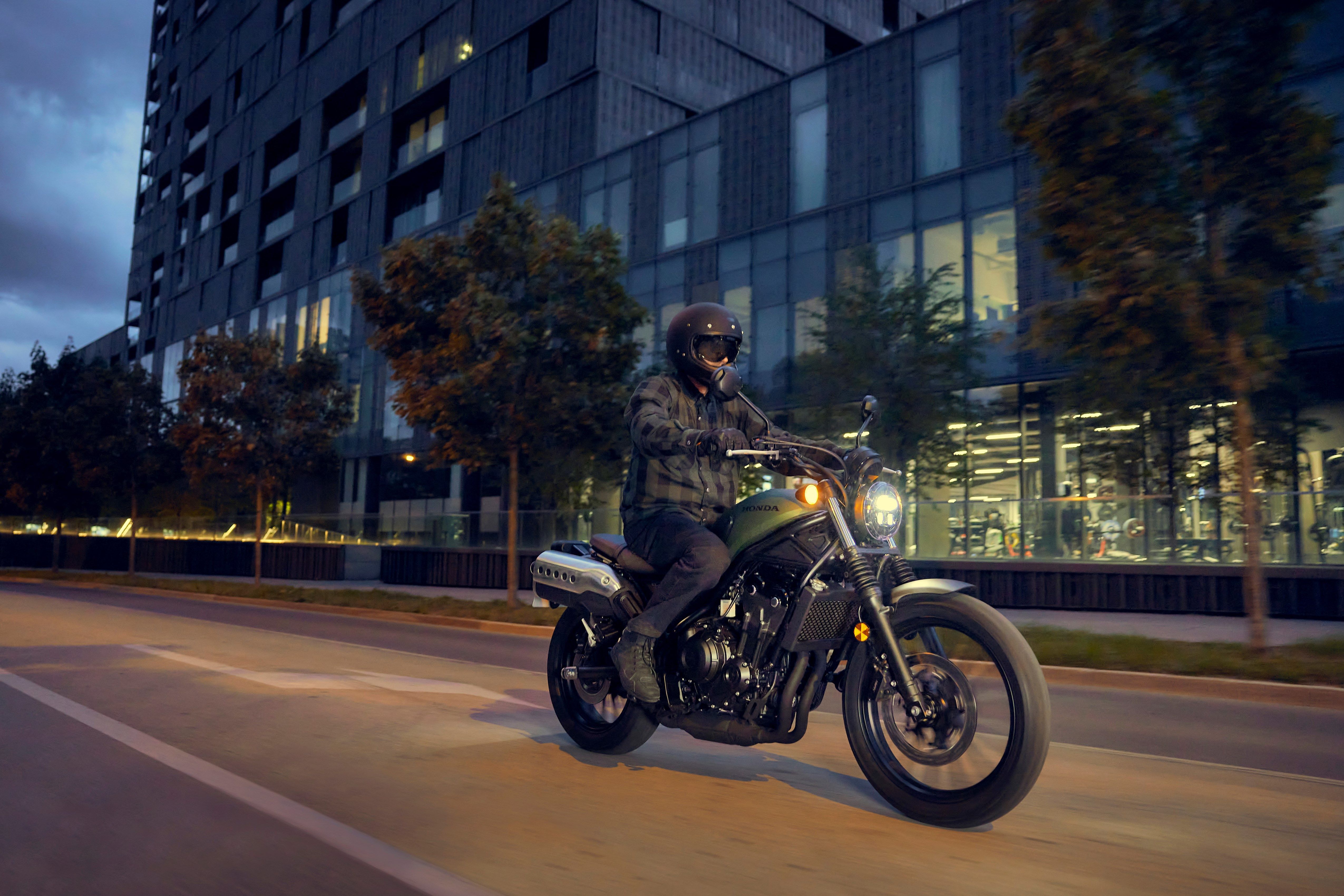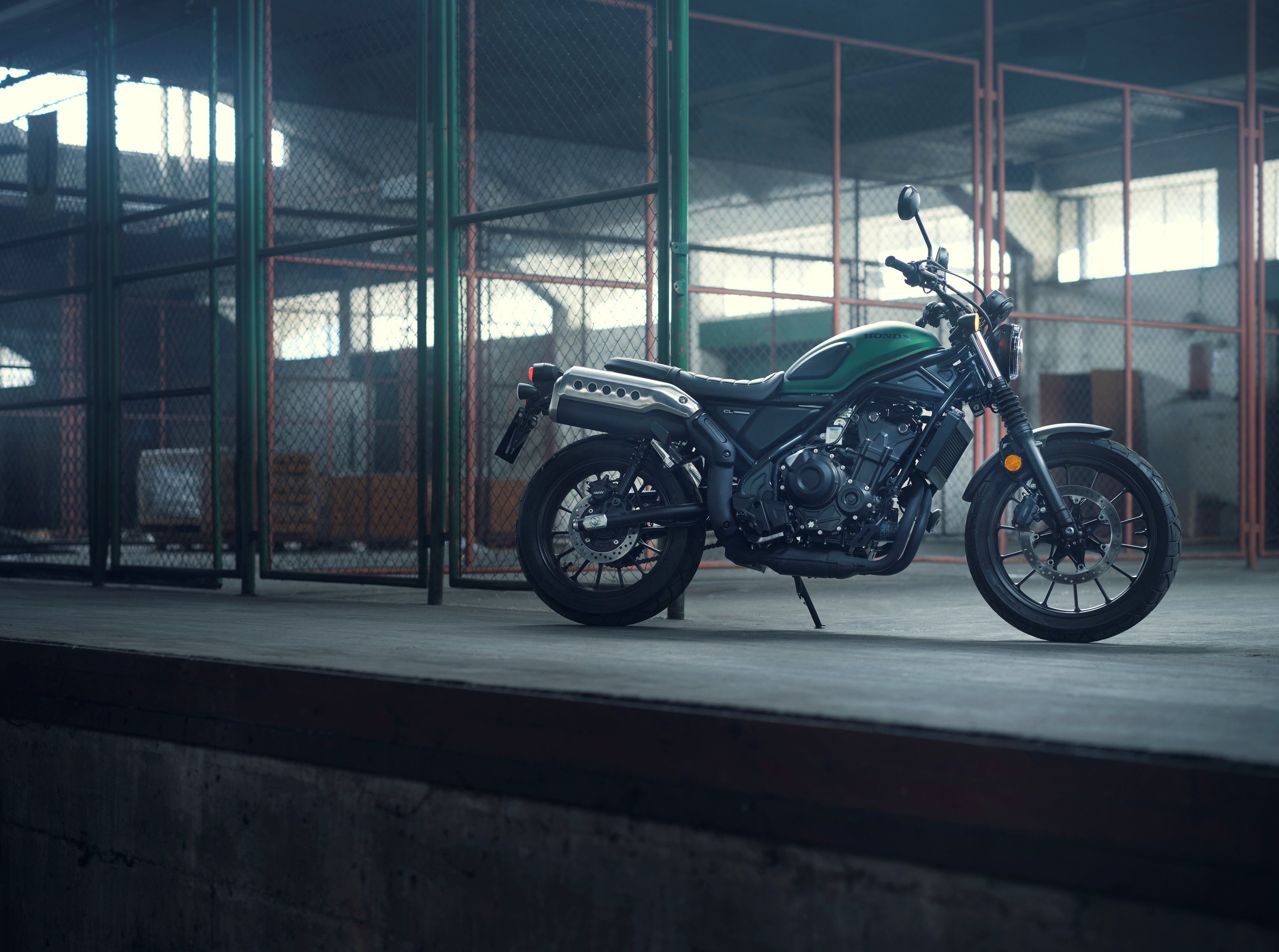The retro movement has provided the springboard for an unusual development in motorcycling: the road-going ‘scrambler’. Models such as the BMW RnineT Scrambler, Ducati Scrambler and Triumph Scrambler (the first generation, at least) have been more style over true off-road substance, but it is a style that has found favor with legions of customers and given manufacturers another string to their bows. All those examples mentioned are based on roadster models, but Honda, entering the scrambler field for the first time, chose to base its scrambler on the cruiser-type Rebel model which might seem like a strange choice at first glance but on closer examination, it makes sense.
10 Honda CL500 Scrambler History And Heritage
In the 1960s, Honda was really getting into its manufacturing stride, building on the success of not only the Super Cub but also its racing motorcycles in Grand Prix. Its range of road bikes was expanding, and the company also marketed ‘scrambler’ models, which were very popular in the U.S.A. Using the model designation ‘CL’, they came in a variety of engine displacements - 160cc, 250cc, 305cc and 450cc - and all featured DOHC parallel twin engines, unusual for such bikes at the time, when single-cylinder engines were the norm as they were believed to possess better off-road power delivery. As with all other Honda models, the CLs were utterly reliable, even if the actual off-road ability was nominal and the only outward concession to being an off-road model was a high-mount exhaust and wider handlebars.
9 Honda CL500 Scrambler: Modern Day
Honda has really only tentatively dipped its toes into the retro or ‘modern classic’ craze that is sweeping motorcycling, and the CL500 Scrambler is one of the few ‘retro’ models in the lineup, following on from the now-discontinued CB1100 roadster. The 471cc parallel twin of the CL500 is close enough to the old CL450 of the 1960s with its 444cc engine, and the power output is also similar, with 46 horsepower of the new model comparing to the 43 horsepower of the original. Whereas the CL450’s engine was air-cooled and carburetted, the new engine is liquid-cooled and has fuel injection.
8 Honda CL500 Scrambler: The Chassis
The Rebel 500 lineage is clear to see in the steel-tube chassis of the CL500 but, unusually, the rear sub-frame is welded on, not bolted. This certainly limits serviceability as any accident that bends the frame will result in expensive repairs or even full replacement - something that could result in the whole bike being scrapped. Another consequence of the design change for the rear sub-frame is that it raises the seat height and gives the bike a much more regular side profile. In common with many of the modern ‘scramblers’, the CL500 is more of a styling exercise than an attempt to create a useful off-road tool. Seat height is a useful 31 inches, making it extremely accessible to shorter riders. The handlebars are high and wide, giving excellent control on any surface.
7 Honda CL500 Scrambler: Wheels and Suspension
Adding a little to the scrambler appearance, if not being entirely convincing as an off-road tool, the CL500 has a 19-inch front wheel and a 17-inch rear wheel in place of the Rebel 500’s 16-inch wheels. Tires are Dunlop Trailmax Mixtours, which have a good combination of on-road and off-road performance. The suspension is devoid of adjustability but offers almost six inches of front wheel travel, while the twin-shock rear gives 5.7 inches of travel. The forks are fitted with gaiters to protect the stanchions from excessive dust and dirt and Honda describes the CL500 as “ready for the rigours of urban travel as much as it is light off-road.”
6 Honda CL500 Scrambler: Exhaust System
Traditionally, scrambler models had high-mounted exhaust systems to keep them out of the way of damage from rocks, etc, when riding off-road. The Honda CL500 sort of misses the point of this, by having the exhaust headers exiting the cylinder head and dropping underneath the engine and frame, where they look especially vulnerable, before rising up to a high-mounted twin-outlet muffler. The fact that Honda has left the exhaust headers exposed to damage when riding off-road is one of the reasons to doubt the wisdom of taking the CL500 off-road unless the going is smooth, with no obstacles to negotiate. The positioning of the muffler will certainly compromise pillion comfort and lead to a toasty right leg.
5 Honda CL500 Scrambler: Styling
The scrambler ‘styling’ of the CL500 seems a little half-hearted - almost like Honda really hasn’t fully grasped the concept of the retro craze. But there are touches that just about rescue the CL500 from being a thoroughly modern-styled bike. The round headlight is one, the round mirror another. The ‘dash’ might be LCD, but it, too, is round, as are the turn indicators. The curious thing is that, with all those round elements, the rear tail light is oval! Did a different department at Honda do that? The good thing is that all lighting is LED which is not only a lot more rugged but, crucially, a lot brighter, making night-time riding that much safer and enjoyable.
4 Honda CL500 Scrambler: Other Features
The seat of the CL500 looks narrow and thin but, by all accounts, it is acceptably comfortable for long days in the saddle. It is commendably narrow where it meets the tank, making putting both feet on the ground easy and keeping the legs in line when standing. The foot pegs have rubber inserts which can be easily removed leaving the bare metal pegs for off-road riding. The rubber knee pads on the gas tank give excellent grip for the legs whether sitting or standing, while the gas tank itself holds 3.2 gallons, giving a range of at least 200 miles, which is very useful should you be tempted to head along the wold trail for a day and not worry about where the nearest gas station is.
3 Honda CL500 Scrambler: Accessory Packs And Colors
There are three accessory packs you can opt for when ordering the CL500. The Adventure Pack includes hand guards, Rally footpegs, a high front fender, and fork gaiters. The Travel Pack contains soft saddlebags, heated grips, an adjustable brake lever, a tank bag, and a 12v socket, useful for plugging in a GPS unit. The Style Pack comes with a high seat, a headlight cowl, a cowl strip and wheel stripes, and also striped side covers. The CL500 is available in fancy-named color schemes, which are essentially blue, orange, metallic black, and metallic green.
2 Honda CL500 Scrambler: Basic But Good
There is no doubt that the CL500 Scrambler is a basic motorcycle, but that doesn’t mean it’s no good. Honda resisted the temptation of cramming the bike with lots of tech - dual channel ABS is about all you get - but that helps keep the price down and, really, with so little power, not a lot of tech is required. The suspension might similarly be simple with little adjustment beyond pre-load at the rear, but it is made by Showa, who knows a thing or two about suspension, so no worries there. The low seat height, low weight, low power, and neutral and comfortable riding position are all essential ingredients that will encourage new riders to push themselves and find new limits to their skills.
1 Honda CL500 Scrambler: Price and Rivals
You can expect to be paying around $7,000 for the CL500 Scrambler. Rivals are many, although none have an engine that is as small as the Honda’s. Until a couple of years ago, Triumph’s Bonneville-based Scrambler 900 would have been an obvious rival but since that was updated to the Scrambler 1200, it has left the Honda far behind in terms of off-road ability, not to mention power and tech (and price). BMW’s RnineT Scrambler costs $12,995, which is also steep compared to the Honda’s price and, again, possesses dubious off-road credentials. It’s the same with the Ducati Scrambler, except in Desert Sled form, with tall suspension and decent electronics but that model, too, comes in at $12,595. Taken against those rivals, the Honda starts to look rather good, not only in terms of value for money but also as a decent middleweight that has enough to satisfy more experienced riders but not too much to scare off new riders.

